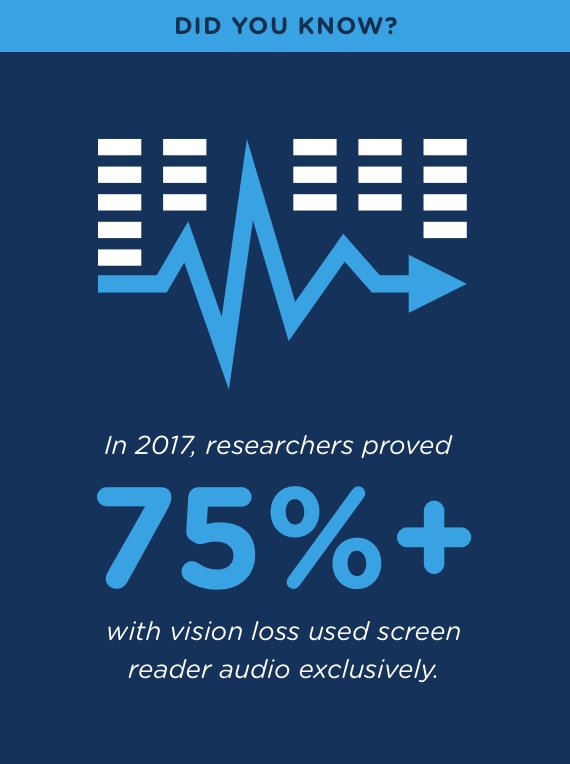

With high magnification, people with acuities as low as 20/2000 (acuity letters 100 times larger than 20/20 letters) can read. The criterion for legal blindness is 20/200 or less (acuity letters at least 10 times larger than the normal limit). One criterion for low vision is an acuity less than 20/60, meaning the acuity letters are more than three times larger than the standard for normal vision, and larger than typical newsprint. Typical newsprint has an x-height of about 1.45 mm, just 2.5 times larger than acuity letters. At a reading distance of 40 cm, an x-height of 0.58 mm subtends 5 min-arc.

A Snellen acuity of 20/20 is the conventional standard for normal vision, and refers to letters at the acuity limit subtending 5 minutes of arc (min-arc) of visual angle.

Four notable values on the Snellen scale of print size illustrate the range of reading vision. Letter acuity is the traditional clinical measure of vision, dating from the eye chart introduced by the Dutch ophthalmologist Herman Snellen in 1862. This definition is used because most people with low vision have problems with reading texts designed for people with normal vision ( Elliott et al., 1997 Owsley et al., 2009). The boundary between normal vision and low vision is sometimes based on the inability to read newsprint at a standard viewing distance of 40 cm (16 inches) with best optical correction. Low vision refers to any chronic form of vision impairment not correctable by glasses or contact lenses that adversely affects everyday function. The term low vision was coined in the 1950s by eye-care clinicians to convey the idea that vision can vary between the extremes of Sighted and Blind.


 0 kommentar(er)
0 kommentar(er)
